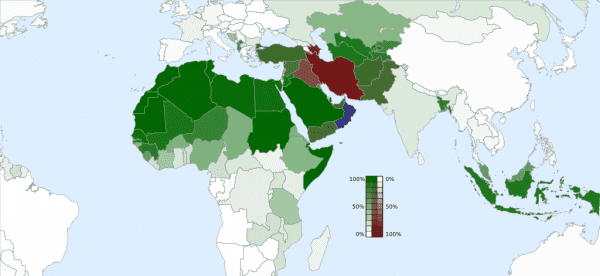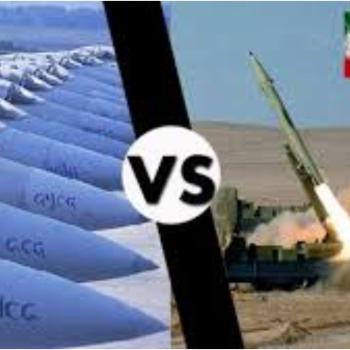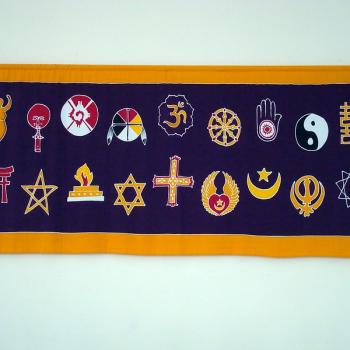
Syria is the focal point of a global war between Shi’ite Muslims (led by Iran, with the support of Russia) and Sunni Muslims (led by Saudi Arabia, with support from the United States).
Charles Krauthammer describes the situation and explains the overall strategy, which I excerpt after the jump.
Can someone explain why the United States is involved in this conflict so deeply? Why do we favor the Sunnis against the Shi’ites? After all, ISIS is Sunni. So is Al-Qaida. And the Shi’ites are fighting them.
Both factions have their Islamic terrorists. Both want to destroy Israel.
Is our position due to our desire to thwart Russia’s influence and its access to the Mediterranean Sea? To our hostility to Iran that dates back to Jimmy Carter’s hostage crisis? To our entanglement in Iraq, a country that has both Sunni and Shi’ite factions?
Yes, we have business ties to the Saudis and other Sunni countries. Are these reasons worth our involvement in what is, in effect, a Muslim civil war? Or are there other issues that I am missing?
Map: On a scale, the red shows the percentage of Shi’a Muslims; green shows the percentage of Sunni Muslims. Map by Baba66, NordNordWest. Before changing this file, please look at the detailed information provided in its source code. (Own work, Data from CIA World Factbook, ca. 2005) [CC-BY-SA-3.0 (http://creativecommons.org/licenses/by-sa/3.0/) or GFDL (http://www.gnu.org/copyleft/fdl.html)], via Wikimedia Commons
From Charles Krauthammer, The great Muslim civil war — and us – The Washington Post:
For Iran, Syria is the key, the central theater of a Shiite-Sunni war for regional hegemony. Iran (which is non-Arab) leads the Shiite side, attended by its Arab auxiliaries — Hezbollah in Lebanon, the Shiite militias in Iraq and the highly penetrated government of Iraq, and Assad’s Alawite regime. (Alawites being a non-Sunni sect, often associated with Shiism.)
Taken together, they comprise a vast arc — the Shiite Crescent — stretching from Iran through Iraq, Syria and Lebanon to the Mediterranean. If consolidated, it gives the Persians a Mediterranean reach they have not had in 2,300 years.
This alliance operates under the patronage and protection of Russia, which supplies the Iranian-allied side with cash, weapons and, since 2015, air cover from its new bases in Syria.
Arrayed on the other side of the great Muslim civil war are the Sunnis, moderate and Western-allied, led by Saudi Arabia, the Gulf states, Egypt and Jordan — with their Great Power patron, the United States, now (post-Obama) back in action.
At stake is consolidation of the Shiite Crescent. It’s already underway. As the Islamic State is driven out of Mosul, Iranian-controlled militias are taking over crucial roads and other strategic assets in western Iraq. Next target: eastern Syria (Raqqa and environs).
Imagine the scenario: a unified Syria under Assad, the ever more pliant client of Iran and Russia; Hezbollah, tip of the Iranian spear, dominant in Lebanon; Iran, the regional arbiter; and Russia, with its Syrian bases, the outside hegemon.
Our preferred outcome is radically different: a loosely federated Syria, partitioned and cantonized, in which Assad might be left in charge of an Alawite rump.
[Keep reading. . .]

















